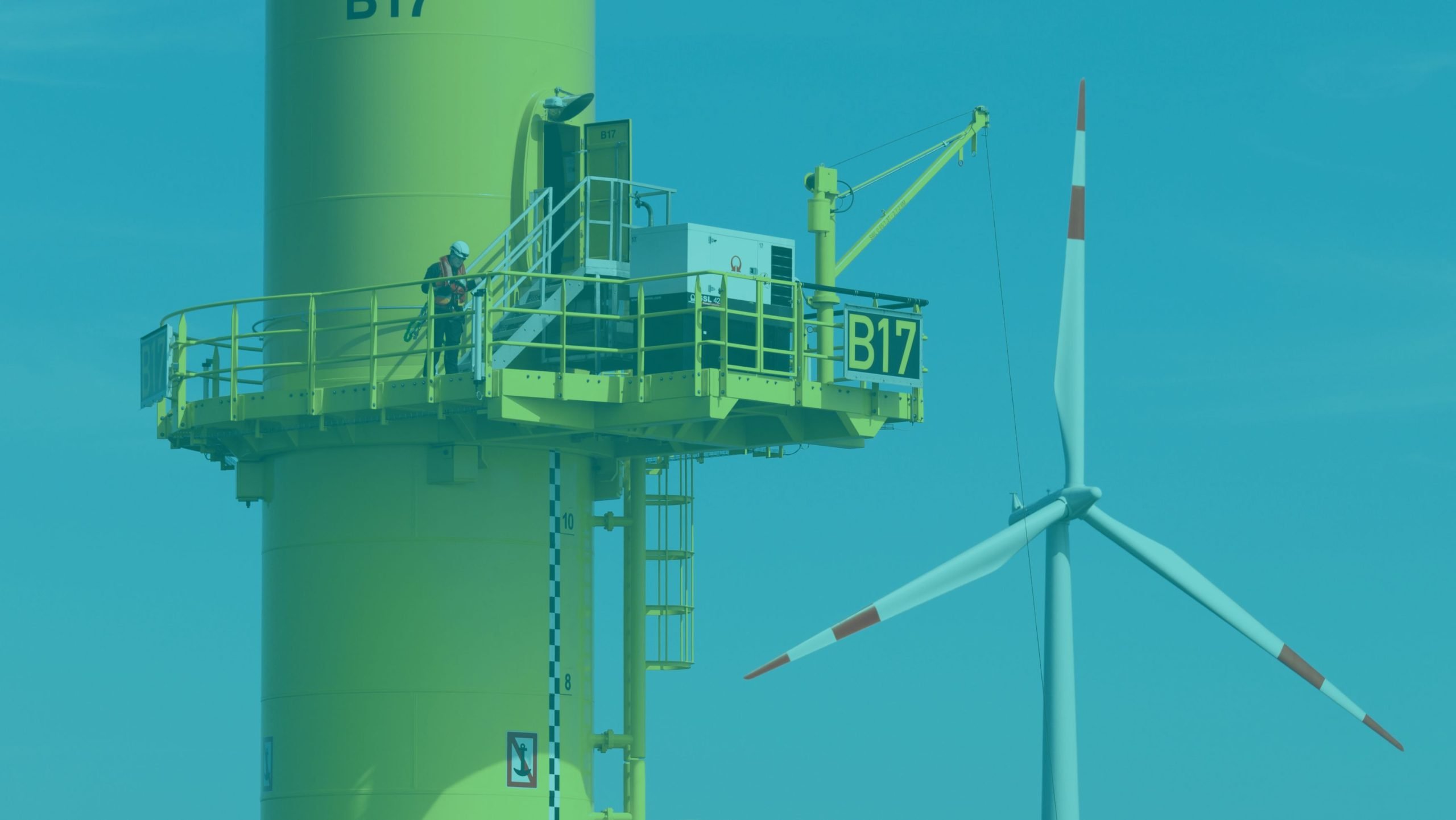27 November 2024, Incheon, South Korea | The world will need 532,000 new wind technicians by 2028 to meet the increasing demand for onshore and offshore wind, according to the Global Wind Workforce Outlook, a new report from the Global Wind Energy Council and Global Wind Organisation. The report finds that 40% of those roles will need to be filled by new entrants, highlighting the need for a resilient supply chain of skilled personnel to build and maintain wind fleets.
To meet global wind power ambitions and ensure wind energy plays the role required for net zero and global renewables targets, it is vital governments and industry work to grow the workforce.
The next era of wind energy needs government to invest in vocational training and support international training standards. These steps play an important role supporting a just and equitable energy transition away from fossil fuels, while offering win-wins that advance socio-economic opportunities, ensure safety and supporting stable growth within the wind industry.
The report details nine steps policymakers can take to address help fulfil the mid-to-long-term workforce needs:
- Set workforce targets as part of the national energy policy to support wind or renewable energy installation targets.
- Introduce education courses based on science, technology, engineering and mathematics (STEM) for preparing students to become the entry level wind workforce.
- Investments and funding programs for workforce training, apprenticeships and upskilling to equip workers with the skills needed for wind and renewable energy jobs, especially offshore wind.
- Promote industrial policy and tendering criteria that foster wind installation growth through local jobs as much as possible.
- Facilitate the tailored retraining/reskilling pathways to promote transfer and upskilling of workers from carbon intensive industries to wind industry jobs.
- Promote diversity, equity and inclusion to resolve skill shortages by enhancing attraction and retention of workers to the industry.
- Make strategic policy improvement to address workforce imports, exports and dislocation.
- Set standards and penalty provisions for operational health and safety for onshore wind and offshore wind workforce.
- Embrace the advantages of global standards and workforce initiatives, blending them to meet local conditions.
Ben Backwell, CEO of the Global Wind Energy Council, said: “As the global wind energy sector continues to grow, particularly in new markets, it is crucial that the growing wind workforce is equipped with the right training and tools to meet the increasing demand. Deployment must be accelerated to meet net zero and global renewable targets, meaning it is vital that government and industry work together to build a workforce capable of delivering onshore and offshore wind.
“The nine steps outlined in this report provide a roadmap for action that can help turn ambitions into projects on the ground. GWEC is working with global, regional and national stakeholders to ensure wind energy fulfils its role in the energy transition. Building a strong workforce capable of supporting a scaled-up industry is key to that potential being fulfilled.”
Jakob Lau Holst CEO, Global Wind Organisation, said: “The message from this, our fifth edition of the GWWO, is clear: a focus on people is essential to meet wind sector goals and drive a sustainable energy transition. GWO & GWEC’s programmes and partnerships have a key role in acting to reduce the impact of climate change on communities. However, to achieve resilient supply chains of skilled personnel ready to build and maintain the wind energy infrastructure we also need governments to act by investing in vocational training, removing regulatory barriers and by supporting the call for international training standards.
“The Global Wind Workforce Outlook focuses on areas critical to the final stages of wind energy commissioning, the key stage that turns projects in planning into projects in operation. Addressing workforce shortages here can rapidly accelerate growth and play a key role in ensuring wind plays its role in combating climate change.
Brian Allen, CEO, Beam, said: “The Global Wind Workforce Outlook illuminates both the scale of our industry’s workforce challenge and the transformative opportunities ahead. We know that technology and innovation are key enablers to unlocking the full potential of wind power, as rapid scaling will be essential to meet future energy demands. But, as the Outlook shows, deployment of offshore wind depends not only on technological advancement but on our ability to build, nurture, and retain a skilled workforce. The convergence of AI innovation and workforce transformation will be vital for accelerating the global transition to renewable energy.”

